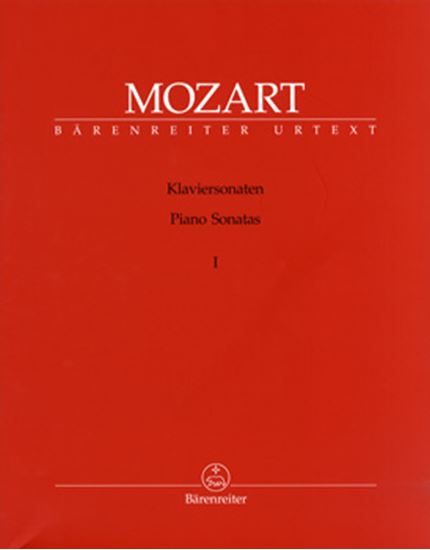Mozart, Wolfgang Amadeus : Sonate für Klavier Nr.4 Mov.3 Allegro
Work Overview
Genre:sonata
Total Playing Time:2 min 00 sec
Copyright:Public Domain
Commentary (1)
Author : Ooi, Kazurou
Last Updated: July 21, 2025
[Open]
Author : Ooi, Kazurou
From the first movement, through the second movement, the piece progresses programmatically, leading to this brilliant and vibrant third movement.
There are no particular points to note; one should feel the duple meter and perform with vitality.
By the way, there is only one point of concern on the score. This is the right-hand notation seen between measures 20 and 21, where the right hand's chords are written as quarter notes, but only the top note is written as a half note. However, if they were quarter notes, it would not amount to two beats unless another quarter note or a quarter rest were included.
It is unclear what the composer's intention was, but it might mean that for players with small hands who cannot hold the entire chord, the lower notes may be released, but only the top note should be sustained. Nevertheless, if your hand size allows you to grasp a chord consisting of four notes, I believe you should hold all four notes for the duration of a half note, not just the top half note.
Now, in this movement too, only forte and piano dynamic markings are basically written, and piano and forte appear alternately. As mentioned in the previous two movements, in any case, do not take the dynamic markings literally; adapt them flexibly according to the situation. For example, regarding measures 20-21 that I just discussed, if the left hand plays too forte, it will cause an unpleasant sound. It is sufficient for the overall sound to be forte eventually; it does not mean that every single note should be played forte. In the case of this movement, when eight sixteenth notes enter within one measure, that alone will produce sufficient volume.
PTNA & Partner Channel Videos(7items)
Sheet Music
Scores List (9)

(株)全音楽譜出版社

(株)全音楽譜出版社

(株)全音楽譜出版社

(株)音楽之友社

(株)全音楽譜出版社

ヘンレ社(ヤマハ)










